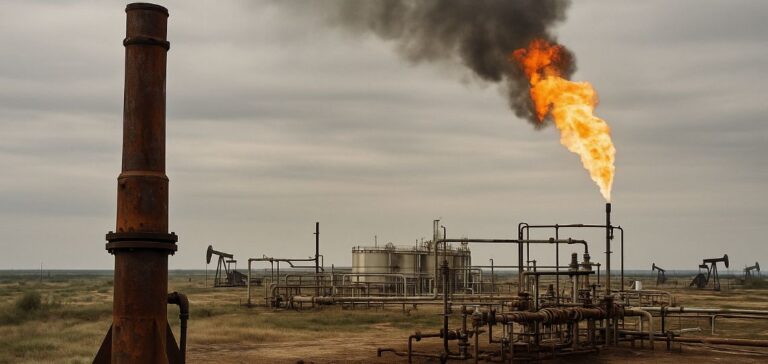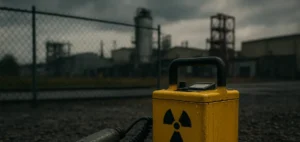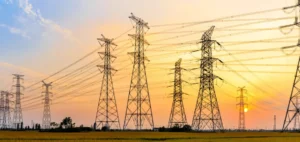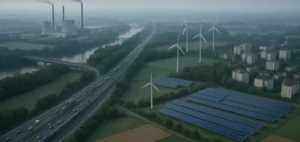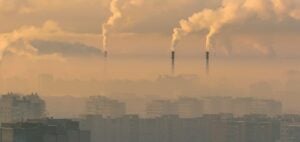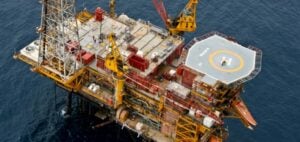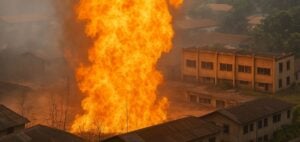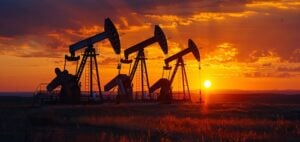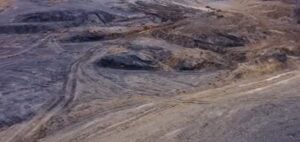Methane emissions from the fossil fuel sector remained high in 2024, according to the latest edition of the Global Methane Tracker published by the International Energy Agency (IEA) on May 7. The organisation’s analysis shows that over 120 million tonnes were released into the atmosphere, a volume significantly above official reporting, despite the widespread use of satellite detection technologies.
Major leaks amid record production levels
The report highlights that global production of oil, natural gas and coal reached historic highs, without meaningful reductions in methane leaks. Increased monitoring enabled the detection of a rise in major incidents: satellites identified a record number of large leaks at oil and gas sites in 2024. More than 25 satellites now provide critical data, improving transparency but also revealing growing gaps with officially reported figures.
Sources from abandoned infrastructure, such as disused oil and gas wells or coal mines, also contributed to overall emissions, with around 8 million tonnes of methane released in 2024. These decommissioned sites alone would rank as the fourth-largest fossil methane emitter globally.
Underused energy recovery potential
According to IEA calculations, nearly 70% of annual methane emissions from the energy sector could be avoided using existing technologies. Full implementation would have enabled around 100 billion cubic metres of gas to reach markets in 2024—equivalent to Norway’s annual natural gas exports. Additionally, 150 billion cubic metres are still flared each year, much of which is considered preventable.
Mitigation measures could, in many cases, pay for themselves in less than a year through the resale of captured gas. This immediate return presents an incentive for sector stakeholders, based on the published data.
Significant performance gap between operators
The report reveals major variations in methane emissions intensity between countries and companies. Some operators perform up to 100 times better than others. The IEA considers that disseminating effective industrial practices could help reduce this disparity by relying on already available solutions.
Although 80% of global oil and gas production is covered by methane reduction pledges, only 5% of operations currently meet near-zero methane emission levels. The international body stresses the need for concrete tools to support the implementation of existing commitments. “The tools are available. Now is the time to act,” said IEA Executive Director Fatih Birol, quoted in the report.


